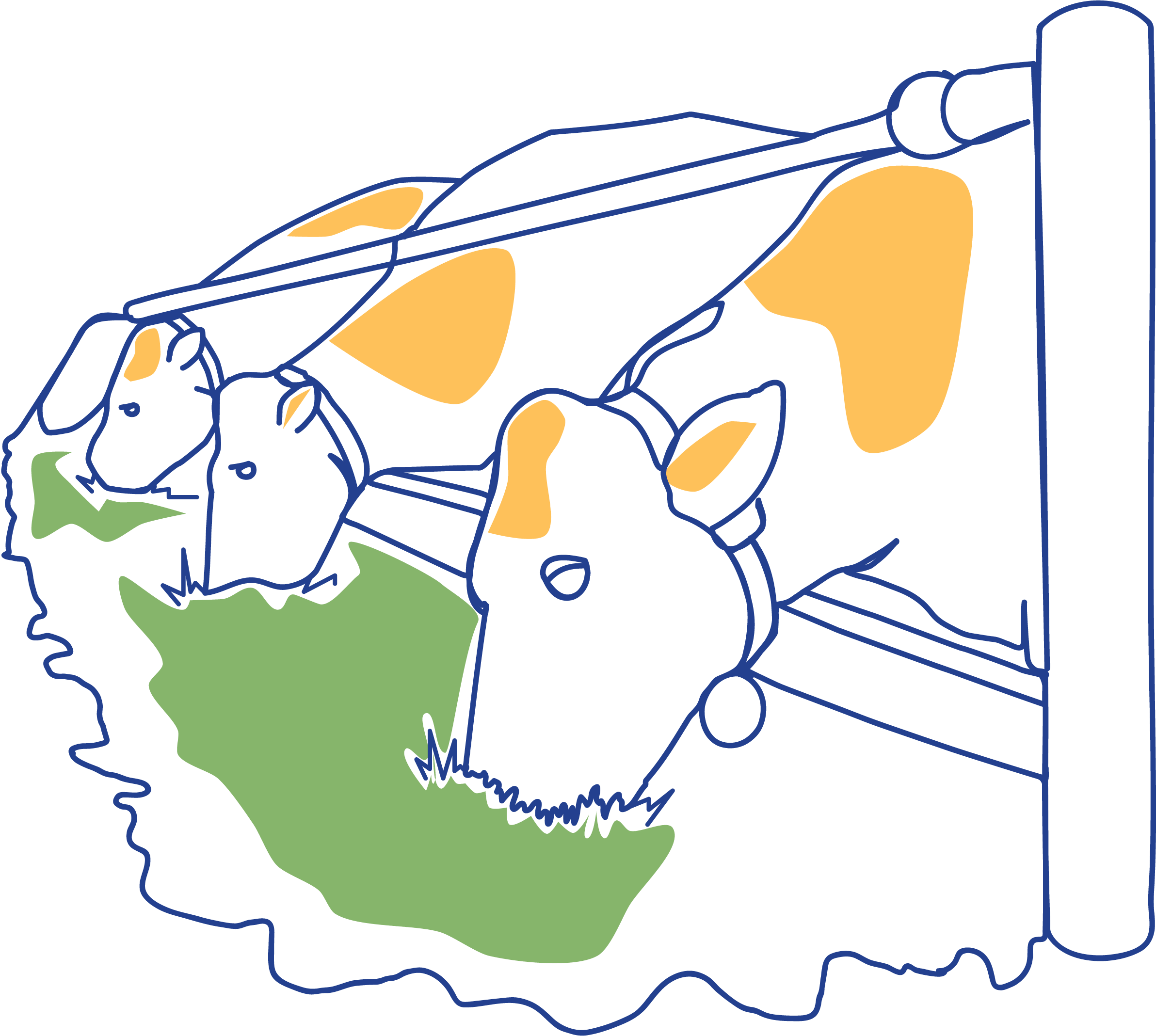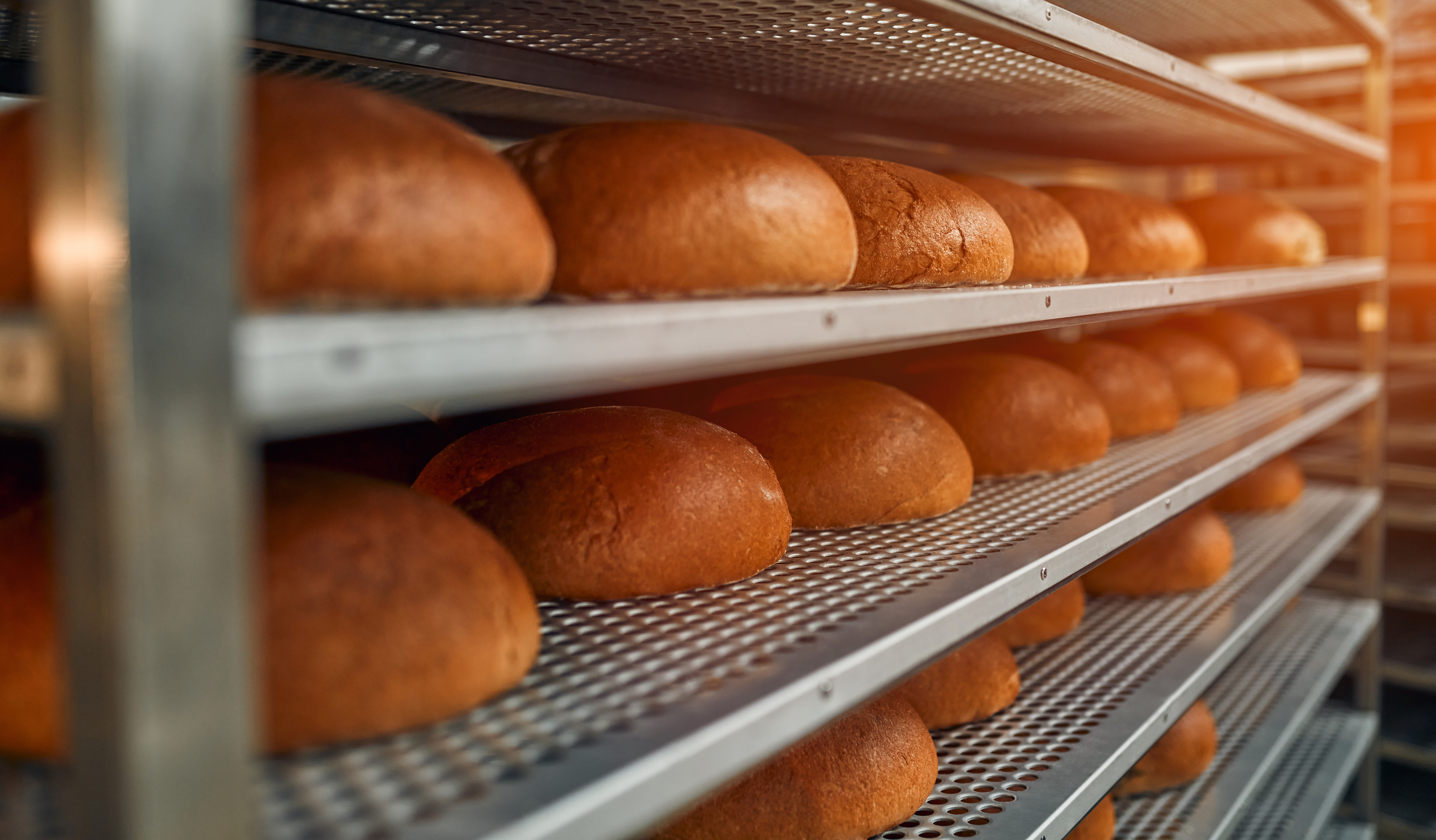Focusing on Safe Feed & Safe Food
 The global food supply is as intertwined and integrated as ever. What happens on a feedlot in Nebraska can undoubtedly impact a consumer in North Dakota. A broiler chicken’s diet can be the make-or-break difference to a shopper using a QR code to learn more about a particular product at the point of sale.
The global food supply is as intertwined and integrated as ever. What happens on a feedlot in Nebraska can undoubtedly impact a consumer in North Dakota. A broiler chicken’s diet can be the make-or-break difference to a shopper using a QR code to learn more about a particular product at the point of sale.
As those in this industry have long understood, the notion of a safe, high-quality food supply is not limited to human food. Wholesome feed sustains animals that are part of the human food supply, and contributes to nutrition, health, and taste.
Healthy, productive animals mean a safe, sound food supply. And it starts with the focus to provide the best feed for domestic livestock and fish and food for pets.
To demonstrate their commitment to providing feed that meets and exceeds criteria for food safety and quality, animal food manufacturers of all kinds can take advantage of certification programs designed to ensure compliance and instill confidence, including the American Feed Industry Association’s Safe Feed/Safe Food (SF/SF) certification program and the Safe Quality Food (SQF) certification program from the Safe Quality Food Institute (SQFI).
Nearly two decades ago, the American Feed Industry Association (AFIA) set out to develop a program that would establish and promote generally accepted food safety guidelines that ensure continuous improvement in delivering a safe and wholesome feed supply for the growth and care of animals. That goal blossomed into the mission of the Safe Feed/Safe Food Certification Program, launched in 2004.
Administered by the Safe Quality Food Institute (SQFI), the voluntary, independently certified program establishes comprehensive standards of excellence beyond existing regulations to help maximize food and feed safety. Designed for both AFIA members and non-members across the United States and Canada, it helps feed, pet food and ingredient manufacturers by:
- Communicating food safety risks to the industry
- Building consensus among industry segments
- Providing continuing education for the workforce
- Enhancing customer confidence in the feed and food supply
Facilities can receive four certifications:
- FSC36 – the standard SF/SF certification program
- FSC32 – the program for pet food and pet food ingredients
- FSC34 – the program for the manufacture of animal feeds
- International Safe Feed/Safe Food – the program for those that export their products globally
- Streamlined Processes: By pursuing third-party certification, facilities can better clarify what’s expected and required of your operation and, therefore, streamline your processes. The SQF program was created to meet industry, customer, and regulatory environments for all food chain sectors and has met Global Food Safety Initiative (GFSI) benchmarks since 2004.
- A wealth of Resources: Animal feed manufacturers can tap into SQFI’s expansive collection of training materials and resources, from tips on getting started to ongoing guidance. Beyond online and in-person courses and a library of written materials, SQFI enables access to thousands of professionals and practitioners in the SQF community for one-on-one advice, networking discussions and insightful sessions during an annual conference.
- Relevant Sector Knowledge: The SQF Family of Food Safety Codes provides specific direction for organizations to become SQF certified. That family of codes includes animal feed manufacturing as well as other sectors within the food chain, such as primary animal production, aquaculture, primary plant production, food manufacturing, animal product manufacturing, dietary supplement manufacturing, pet food manufacturing, manufacture of food packaging, storage and distribution, food retail, foodservice, and quality.
The SQF Food Safety Code for Animal Feed Manufacturing, Edition 9, outlines the steps needed to achieve certification, including registration on the SQFI assessment database, the choice of a designated SQF practitioner, training, determination of certification scope, documentation, mandatory and applicable elements, pre-audit assessments, selection of a certification body, selection of an SQF auditor, audit details and reporting and any necessary corrective actions, among other factors. Requirements for maintaining certification are also listed and explained.
Underscoring the power of collaboration throughout the food chain, SQFI is proud to serve as a resource and administrator for AFIA’s SF/SF certification. By going above and beyond existing requirements, certification to SQF codes and the SF/SF program is the sustaining force for a strong, healthy future for animals and people alike.
Please visit the new SF/SF certification program website or contact Paul Davis, Ph.D., AFIA's director of quality, animal food safety, and education for more information.
Recent Blog Posts
The FMI Foundation, in partnership with SQFI, awarded 19 scholarships from 152 applications for the 2025-2026 Food Safety Auditing Scholarship program.
Private brands in the grocery industry are experiencing significant growth, evolving from budget alternatives to strategic assets that drive customer loyalty and distinguish retailers.
Recall prevention means embedding food safety throughout your operations so those failures never reach the customer.




